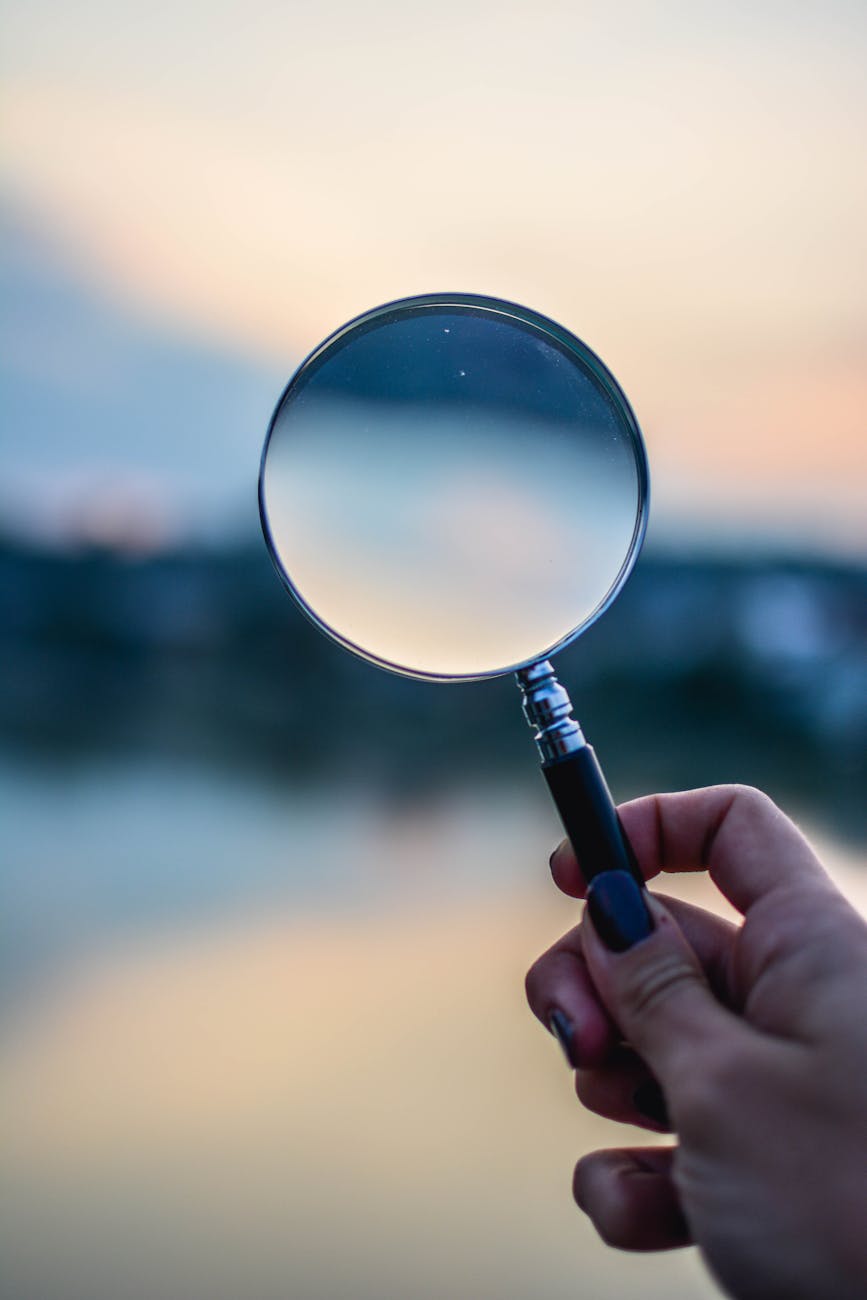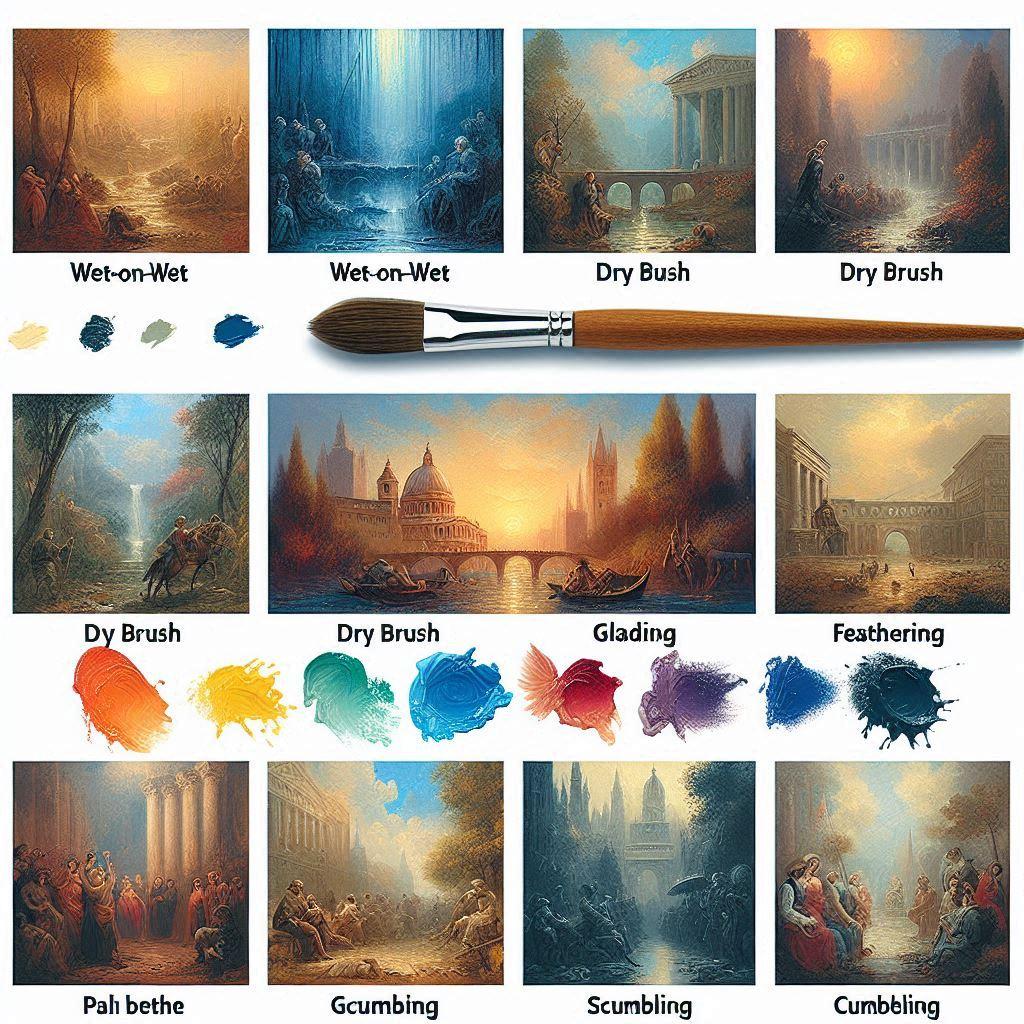Understanding Focal Points in Art
In the realm of visual arts, creating focal points play a crucial role in guiding the viewer’s gaze and shaping the narrative of an artwork. Understanding how to create and utilize focal points effectively is crucial for artists. Mastering these techniques enhances their ability to convey messages and evoke emotions in their audience.
What is a Focal Point?
A focal point in art is the area that first draws the viewer’s eye. It’s the most salient element of a painting or drawing, acting as the centerpiece of the composition. Artists deliberately design their compositions to highlight specific elements, ensuring that the focal point effectively captures attention and enhances the overall impact of the artwork.

Types of Focal Points

There are several types of focal points that artists can employ:
1. Single Focal Point
A straightforward approach using one main element to command attention.
2. Multiple Focal Points
More complex compositions utilizing multiple focal points to create a dynamic viewing experience.
3. Implied Focal Points
Subtle focal points created through the use of lines, shapes, or colors that guide the eye towards a specific area.
Techniques for Creating Strong Focal Points
Artists can create strong focal points using various techniques:

1. Contrast and Color
Using value contrast, color contrast, or shape contrast to make certain areas stand out.
2. Composition and Placement
Arranging elements within the composition using techniques like the Rule of Thirds, leading lines, or framing.
3. Isolation and Convergence
Separating an object from a group or using implied lines to direct the viewer’s eye.
4. Texture and Detail
Adding more texture or intricate details to a specific area to make it stand out.
The Psychological Impact of Focal Points

The psychological impact of focal points is significant. A well-placed focal point can create a sense of harmony, tension, or movement, directing the viewer’s emotional response. For instance, a bright, contrasting focal point in an otherwise muted painting can evoke excitement or urgency, while a soft, blurred focal point might convey tranquility or introspection. They can guide the viewer’s journey through the piece, evoke specific emotions, emphasize the artist’s intended message, and create a sense of balance or tension within the composition.
Historical Use of Focal Points
Throughout art history, masters have employed various techniques to create compelling focal points. For example, Rembrandt’s “The Night Watch” uses value contrast to highlight central figures, while Van Gogh’s “Café Terrace at Night” employs color contrast with bright yellow lights against a deep blue sky.
Artists have long used focal points to guide viewers’ attention and create compelling compositions. Here are some more notable examples:
Contrast and Color
Johannes Vermeer’s “Girl with a Pearl Earring” uses subtle contrast to draw the eye. The pearl earring serves as a focal point, subtly attracting attention against the muted background.
Claude Monet’s “Woman with a Parasol – Madame Monet and Her Son” employs color and contrast effectively. The white parasol stands out against the colorful background, directing the viewer’s gaze to the mother and child (see above)

Value and Light
Shape and Composition
Claude Monet’s “Impression, Sunrise” contrasts rounded, diffuse shapes of the sky and water with sharp, angular shapes of boats and the sun’s reflection. This shape contrast draws the viewer’s eye to the sun and its reflection.
Multiple Focal Points
Diego Velázquez’s “Las Meninas” demonstrates the use of multiple focal points. The viewer’s eye is drawn to two areas: the small girl in a bright dress in the foreground, and the man standing in the light in the background. This creates a dynamic interplay that adds depth to the painting.

These examples showcase how master artists use various techniques such as contrast, color, value, shape, and composition to create effective focal points in their work.
Focal Points in Different Art Movements
- Renaissance: Utilized mathematical principles and linear perspective.
- Baroque: Employed dramatic chiaroscuro techniques.
- Impressionism: Used softer, implied focal points through color and light manipulation.
- Modern and Contemporary Art: Often challenges traditional notions of focal points.
Focal Points in Photography and Digital Art
In photography and digital art, while the principles remain similar, artists have additional tools at their disposal, such as depth of field and digital manipulation. Depth of field allows photographers to blur the background and emphasize the subject, naturally drawing the viewer’s eye to the focal point. Digital manipulation provides even greater control, enabling artists to adjust lighting, contrast, and composition to refine the visual impact of their focal points.
Tips for Artists to Improve Focal Points
- Plan your composition carefully before beginning your artwork.
- Experiment with different techniques to find what works best for your style.
- Consider the narrative or emotion you want to convey and how your focal point supports this.
- Study the works of master artists to understand how they utilized focal points effectively.
- Don’t be afraid to break the rules – sometimes, the absence of a clear focal point can be just as impactful.
Conclusion
Mastering the art of creating focal points is essential for artists looking to produce compelling and engaging artwork. By understanding the various techniques and psychological impacts of focal points, artists can guide their viewers’ experiences and effectively communicate their artistic vision.



